March is Women’s History Month and just as I did in March 2017, this year I have compiled an all female Passing of the Pioneers. It’s only a small group of seven, almost half the number in 2017, but a worthy group all the same. Remember to click on the underlined text to find more information on a subject.
NEVILLE, Ann Terry – Died 28 March 1900 at Hamilton. Ann Neville was born at Old Brentford, London in 1821. She was married in 1852 to William Carter and they set off for Australia on the Priam in the same year. After arriving at Portland, they went on to Warrnambool and later Port Fairy. In 1854, they decided to leave the coast and move north to Hamiton. The trip from Port Fairy to Hamilton in a bullock wagon took them a week. They settled in South Hamilton.
On 31 December 1868, William died at the age of forty died leaving Ann with six children aged fourteen down.
In 1885, Ann applied to be included on the local voter’s roll. She held allotments 47 and 49, suburban lots in the Parish of South Hamilton. They were located on the southern banks of the Grange Burn between Monivae and Pierrepoint Streets.
At the time of Ann’s death, she left two sons and four daughters. She was buried at the Hamilton (Old) Cemetery.

WATSON, Margaret – Died 1 March 1914 at Coleraine. Margaret Watson was born in Scotland around 1827. She married David Drummond in Tillicoultry, Scotland on 12 June 1852 and they boarded the Chance at Liverpool, England on 23 July 1852. It was a difficult journey with forty-six deaths and on arrival in Melbourne on 28 October 1852, the ship was quarantined and remained so for almost three weeks. Once on dry land, the couple made their way to the Geelong district. A son James was born in 1853 but sadly he died the next year. Another son Richard was born in 1854 and a daughter Margaret in 1857. James was born in 1862 at Duck Ponds near Geelong.
The family moved west to join other members of the Drummond family sometime after 1862 with a son John born at Casterton in 1867.

It was also the year David Jr died at Sandford aged seven. The following year baby John died, also at Sandford. In 1869, another son was born and named David. He was born at Dundas suggesting the family had moved to Coleraine, within the Shire of Dundas. By 1870, the Drummond family were living in the township of Coleraine in the vicinity of the Albion newspaper office.
On the evening of 28 October 1870, David’s niece Janet was staying over. That night a huge storm hit Coleraine and the level of the Bryan Creek, close to their home, began to rise. Soon their cottage was surrounded by water. After 12.30am rescuers attempted to rescue the Drummond family. The water was knee-deep and the current was too fast to safely cross. Constable James Mahon made a dash for it but was carried away. Fortunately, he managed to land on top of a pigsty and was able to get back to safety. He tried again and was able to save one of the children.
Storekeeper Louis Lesser also headed across the water and rescued another child. He was also able to lift Margaret out of the water and onto the roof of a cowshed. David got three children to safety and went back for three more, James and Margeret Jr and his niece Janet. Suddenly, the current caught him, and all four were swept away. Around 1.00 am the water had fallen enough for another attempt to cross to the cottage. Margaret was found sitting on the cowshed.
Along with members of the Drummond family, several other people were missing The harrowing task of searching for bodies began at first light with the whole town turning out even though very few had slept. By 6.00 pm on Saturday evening, five bodies had been recovered, all of them children. Five adults were still missing.

A funeral for some of the victims of the flood, including those from the Drummond family took place on Monday 31 October.
Margaret was suddenly widowed, left to raise two sons, Richard and David. She remained in Coleraine and her sons went on to marry and raise their own families. Margaret led a quiet life but remained active in her old age. She moved in with her son Richard at Coleraine in her final years but remained active around the home right up until her death on 1 March 1914. Margaret lived to eighty-seven, a long life punctuated with tragedy. She was buried at the Coleraine Cemetery with David, James, and Margaret.

You can read more about the Coleraine floods on the link to The Great Flood of 1870
STEVENSON, Ruth – Died 25 March 1918 at Colac. Ruth Stevenson was born around 1847 north of Melbourne. Her father Joseph Stevenson arrived in Melbourne around 1840 and started a timber yard in Swanston Street. He also purchased blocks of land in Collins Street. He was a carpenter and built Kirks Bazaar and the Royal Mail Hotel on the corner of Bourke and Swanston Streets. He also built the first punt to operate on the Yarra.
By 1846, Joseph had moved to the area which became known as Diamond Creek where Ruth was born. An old leger in her possession, showed Joseph also contributed to the naming of the Diamond Creek. He had a bullock he called Diamond which became bogged in the creek. Diamond died in the creek, and from then on that spot became known as the spot Diamond died. From there, it became known as Diamond Creek.
The Stevenson family then moved to what would become Christmas Hills and again Joseph Stevenson played a part in the naming of that location. More about that can be found on the link – Christmas Hills. From there the family went on to Kangaroo Ground, followed by Yarra Glen then known as Yarra Flats.
In 1869, Ruth married Thomas Sadler, born in Scotland and living in the Yarra Flats district. The couple remained in that district and raised a large family. That was until 1888 when Ruth was set for the biggest move of her life, more than 250 kilometres away to the Terang district. The Dixie estate south of Terang, once owned by Duncan Walker was subdivided in 1887. Thomas was able to secure a remaining portion of the property.

Thomas was given a send-off at the Yarra Flats Hotel in September. Ruth wasn’t in attendance but Thomas accepted a gold watch on her behalf as a going away gift for her hospitality and kindness. The Sadlers moved to the property at Dixie which they named Ecclefechan after a village east of Dumfries in southern Scotland, close to where Thomas was born.
Thomas died in February 1903. The following month, Ruth suffered another loss when her married daughter Annie Carson was found drowned in a well at Dixie. Ruth died at Doctor Brown’s Private Hospital in Colac and was buried at the Terang Cemetery. She was aged seventy-one.
MURRAY, Janet – Died 8 March 1919 at Clear Lake. Janet Murray was born around 1830 in Glasgow and arrived in Australia about 1852 on the James Steadford. In 1853, she married Alexander Robertson at the Geelong Presbyterian Church. They spent some time in Ballarat around 1854 before returning to Geelong until around the late 1860s,
The next move for the Robertsons was to Bochara station in the Hamilton district where they spent nine years, Land was opening up in the Clear Lake district to the north of Balmoral and Alexander selected land there around 1880. The Robertsons then moved south to the Telangatuk district. Alexander died in 1898.
During WW1, Janet was involved with the Telangatuk East branch of the Red Cross. By April 1917, she had knitted thirty-nine pairs of socks over the past year. Janet’s obituary stated, by the end of the war she had knitted 100 pairs of socks.

Janet died in 1919 at the age of eighty-nine. She left seven children, five boys and two girls, 49 grandchildren, and 39 great-grandchildren.
COLLIE, Ella Georgina – Died 22 March 1941 at Cobden. Ella Collie was born in 1882 at Caramut. She went to school at Caramut before her family moved to Camperdown sometime after 1894.
Ella had sang at school and when once in Camperdown she started singing with the Presbyterian church choir and also as a soloist. In October 1901, she sang at celebrations for the opening of Camperdown’s new Presbyterian church.

In 1902, the Collie’s left Camperdown for Terang and Ella and her brother George were given a send off by the choir. Ella received a gold brooch.

In 1906, Ella married William McConachy and they setteled at Koortmoolong on the Port Campbell Road at Jancourt, east of Terang. Ella continued her singing into married life. In 1916, she sang at a concert to raise funds for the Jancourt school’s organ fund.
Ella threw herself into community life. In July 1917, she held a “kitchen utensil” evening at Koortmoolong.

In 1918, Ella was in charge of the produce stall at the Jancourt Jumble Fair, raising funds for the British Red Cross.
Around 1920. the McConachys moved north to Cobden. Ella continued her community activities in Cobden, always offering a helping hand at events. As a member of the Cobden Presbyterian Church (below), she was involved with the Presbyterian Ladies Guild and was vice president in 1936. She was also a member of the Presbyterian Women’s Missionary Union (PWMU).

In 1932, Ella was vice president of the Cobden Boy Scouts Association. She was also on the committee of the Cobden auxiliary of the Camperdown hospital and in 1938 was vice president She was a vice president and president of the Cobden branch of the Australian Women National League (AWNL) and represented Cobden at the annual AWNL conferences in Melbourne. At the 1939 conference, the delegates were addressed by Prime Minister Menzies. .
Ella died in 1941 aged fifty-eight, leaving her husband William, four daughters, two sons, and two grandchildren. She was buried at the Cobden cemetery. A memorial service was held at the Cobden Presbyterian Church,
LAING, Agnes Isabel – Died 7 March 1944 at Port Fairy. Agnes Laing was born at Yallock station around 1864 where her father was the manager. The family moved to nearby Terang while Agnes was still a young girl.
After leaving school, Agnes became a teacher, registered in 1879 and taught at the Terang school. Her teaching career ended in 1895 when she married William Osburne the owner of the Terang Express newspaper. Agnes and William went on to have one son, George Laing Osburne, known as Laing, the following year.
Agnes attended the Terang Presbyterian Church, and was the organist for nine years.

Agnes was interested in politics and was involved with the Australian Women National League (AWNL). In 1913, she was recognised for her work as secretary of the local branch of the AWNL. In 1938, she was presented with a gift for the recognition of her services to the Terang branch of the AWNL.
During WW1, Agnes was an active member of the blind auxiliary and she was in charge of the Red Cross Jumble Shop in Terang. In July 1915, Agnes wrote a letter to the editor of the Camperdown Chronicle to announce the opening of the Jumble Shop. She also wanted to put to rest rumours goods donated for the front were not reaching those they were intended. She was also involved with the Terang sub-branch of the Returned Sailors’ and Soldiers’ Imperial League of Australia ( R.S.S.I.L.A.).
In the 1920s, Agnes was on the committee of the Terang Rest rooms. She enjoyed golf and played at the Terang Golf Club. She often played with William and in August 1929, they paired up in the Mixed Foursomes at the Terang Golf Club annual tournament.
Agnes and William lost their only son in 1933, when Laing died. William died in 1939. Agnes lived out her days at her home in High Street, Terang with her widowed daughter-in-law Eugenie. Agnes died in 1944 at the Port Fairy Hospital at the age of eighty. She was buried at the Terang Cemetery.
SCOULLER, Mary – Died March 1946 at Colac. Mary Scouller was born at Carpendeit, east of Cobden in 1886. She married Arthur Fisk in 1922 and they spent some time living at Korweinguboora, south of Daylesford where Arthur ran a grocery and post office. They returned to Carpendeit around 1931 living at Leura View.
Mary was an active worker for the Bungador State School and the Bungador Presbyterian Church. Services were held at her home as there was no church at Bungador. She was also involved with other charities and during WW2, the local patriotic funds. Her son Charles enlisted in 1941.
Mary died in 1946 at the age of sixty, leaving Arthur, two sons and two daughters. She was buried at the Colac Cemetery.
















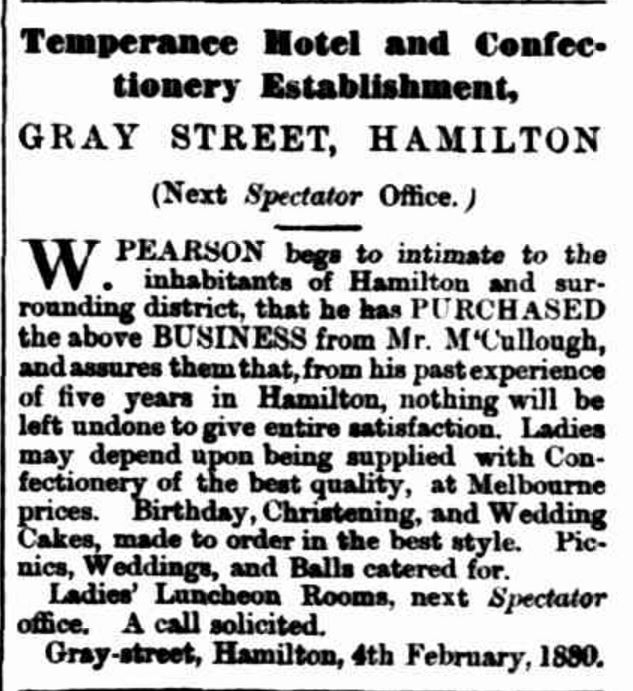








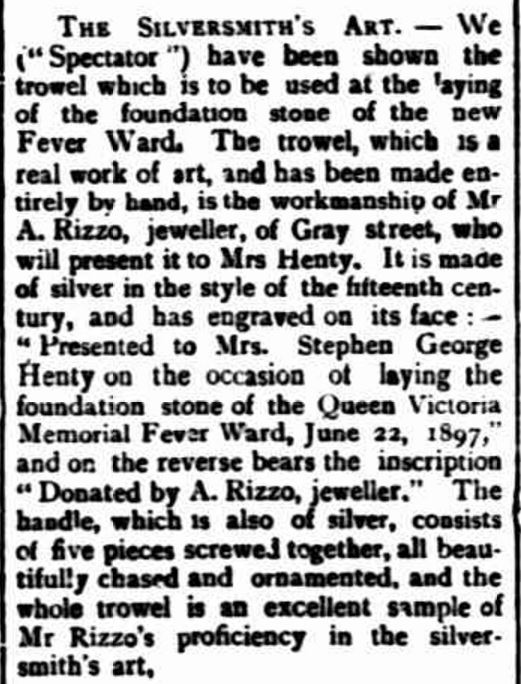
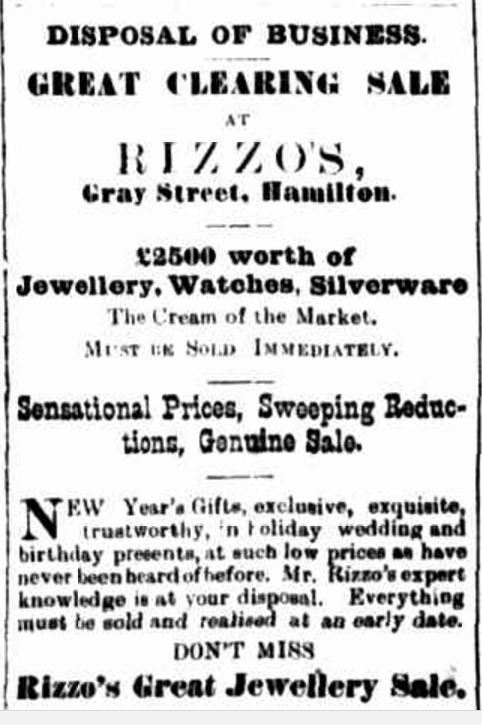
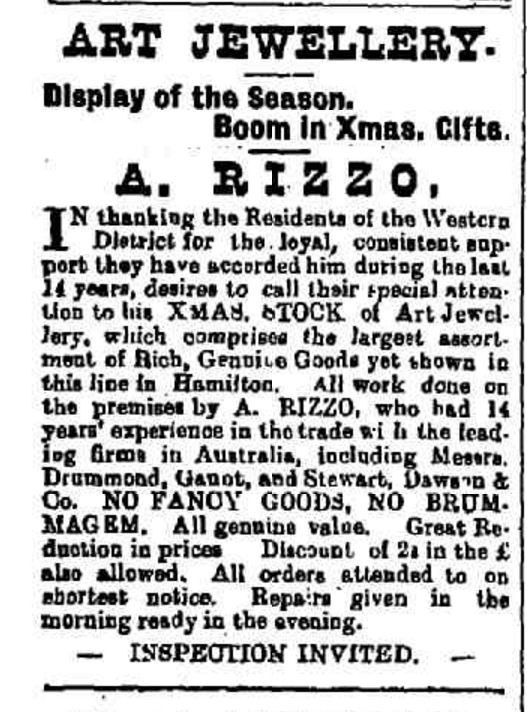



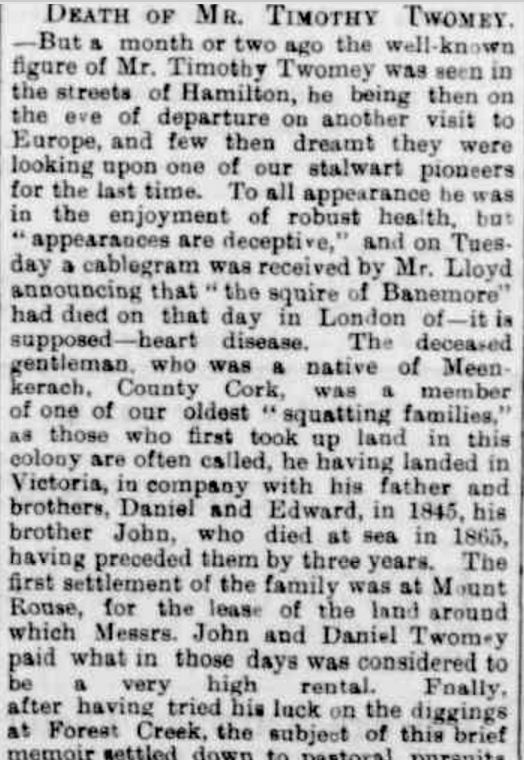







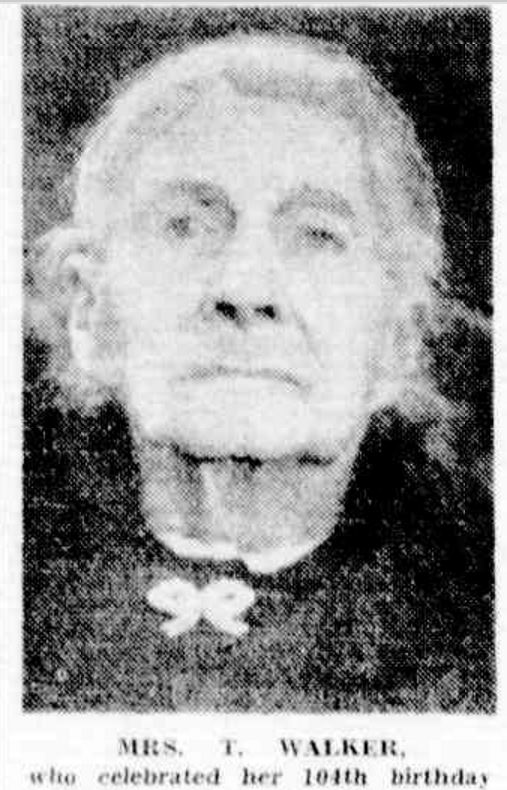

You must be logged in to post a comment.